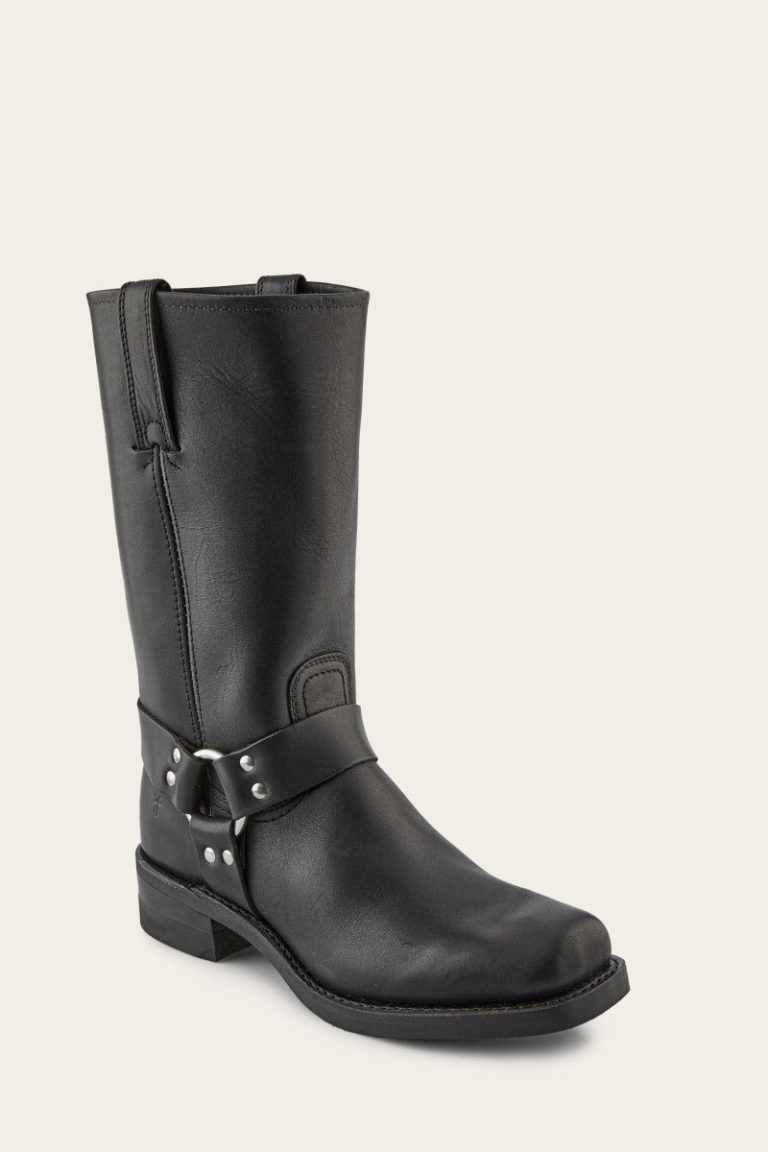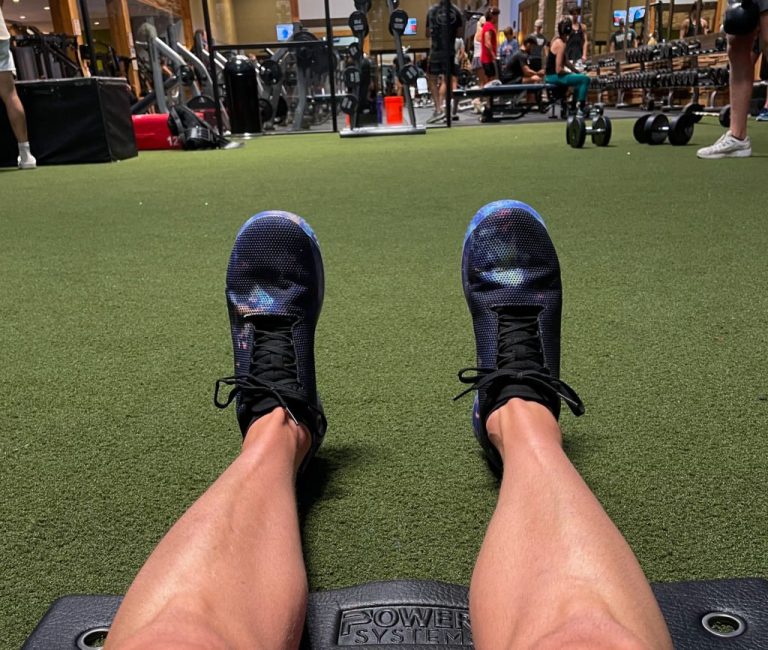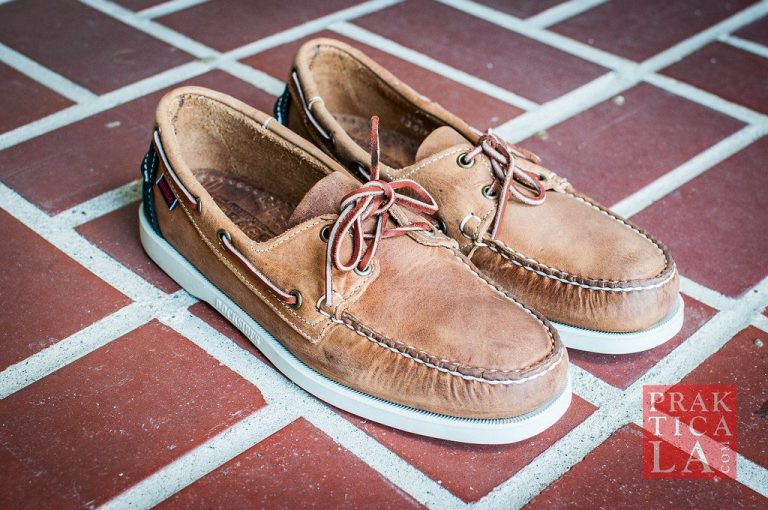Are Doc Martens good for your feet? The answer is a resounding yes! Not only are these iconic boots a fashion statement, but they also offer remarkable support and comfort for your precious feet. Whether you’re strolling through the city or rocking out at a concert, Doc Martens have your back—or rather, your feet—covered. Their high-quality construction, including durable leather and cushioned soles, ensures a snug fit and excellent arch support. So, if you’re looking for a stylish yet practical footwear option, look no further. Doc Martens are the perfect blend of fashion and foot-friendly functionality.
Are Doc Martens Good for Your Feet?
Every fashion enthusiast has probably heard of the iconic Doc Martens boots. Known for their distinctive style and durability, Doc Martens have become a popular choice for both fashion-forward individuals and those seeking reliable footwear. However, amidst the hype, it’s important to understand whether these boots are actually good for your feet. In this article, we will dive deep into the topic to help you make an informed decision about investing in a pair of Doc Martens.
The History of Doc Martens
Before we delve into the impact of Doc Martens on foot health, it’s essential to take a brief look at the brand’s history. Created by the German doctor Klaus Märtens during World War II, these boots were initially intended to provide comfort and support to individuals suffering from foot injuries. Over time, Doc Martens evolved into a symbol of counterculture and rebellion, gaining popularity in the music and fashion industries.
The Construction of Doc Martens
One of the key factors that make Doc Martens stand out is their construction. These boots are built to last, utilizing high-quality materials and a unique manufacturing process. Here are the key features of Doc Martens:
- Upper: Doc Martens feature a leather or synthetic upper that provides durability and improves breathability.
- Sole: The boots come with a distinctive thick rubber sole that offers excellent shock absorption and traction.
- Ankle Support: The high-cut design of Doc Martens provides ample ankle support, reducing the risk of sprains and twists.
- Cushioning: Many Doc Martens models are equipped with a cushioned insole that adds extra comfort during prolonged wear.
Comfort and Fit
Comfort is paramount when considering footwear, especially when it comes to long-lasting boots like Doc Martens. While these boots may require a break-in period, once they mold to your feet, they provide exceptional comfort. Here are a few factors that contribute to the comfort of Doc Martens:
- Arch Support: Doc Martens offer decent arch support, which is particularly beneficial for individuals with flat feet or those who spend long hours on their feet.
- Roomy Toe Box: The spacious toe box of Doc Martens allows your toes to move freely, reducing the likelihood of developing foot conditions like bunions.
- Adjustable Fit: The lace-up design of Doc Martens allows you to customize the fit according to your foot shape and preferences.
Are Doc Martens Suitable for Specific Foot Conditions?
While Doc Martens generally provide comfort and support, it’s important to consider any pre-existing foot conditions before purchasing a pair. Let’s explore how Doc Martens fare for specific foot conditions:
Plantar Fasciitis
Plantar fasciitis is a common condition characterized by inflammation of the plantar fascia, a thick band of tissue that connects the heel bone to the toes. Individuals with plantar fasciitis require footwear with excellent arch support and cushioning. While Doc Martens offer decent arch support, some models may not provide ample cushioning. In such cases, it is advisable to use orthotic insoles for additional comfort and support.
Bunions
Bunions are bony bumps that develop at the base of the big toe. They can be painful and require footwear with a roomy toe box. Doc Martens, with their spacious toe box, can alleviate pressure and reduce discomfort caused by bunions. However, it is recommended to try on different models to find the most suitable fit, as some styles may fit differently.
Flat Feet
Flat feet, or fallen arches, require footwear with proper arch support to prevent overpronation. Doc Martens, with their decent arch support, can provide the stability and alignment needed for individuals with flat feet. Pairing them with custom orthotic insoles can offer even better support and comfort.
Diabetic Feet
Individuals with diabetes need to pay extra attention to their footwear. Doc Martens with their durable construction and supportive features can be a good choice for diabetic individuals. However, it is essential to consult with a healthcare professional to ensure the specific model meets the recommended criteria for diabetic footwear.
Choosing the Right Doc Martens
With a wide range of styles and models available, it’s crucial to choose the right pair of Doc Martens that suits your foot type and lifestyle. Here are a few tips:
Consider Fit and Sizing
Finding the right fit is essential for foot health and overall comfort. It is recommended to try on several sizes and styles to determine the best fit for your feet. Keep in mind that different models may fit differently, so it’s important to prioritize comfort over style.
Research Material Options
Doc Martens come in various materials, including leather and synthetic alternatives. Consider your preferences and any specific foot conditions when selecting the material. Leather tends to mold to the feet over time, offering a customized fit, while synthetic materials may offer more breathability and vegan options.
Explore Different Styles
Doc Martens are not limited to their iconic boots. The brand offers a range of styles, including shoes and sandals. Depending on your needs and preferences, explore the different options available to find the right style for your lifestyle and fashion sense.
Taking Care of Your Doc Martens
To ensure that your Doc Martens remain in good condition and continue to provide comfort and durability, proper care is essential. Here are some tips for maintaining your Doc Martens:
Clean and Condition
Regularly clean your Doc Martens to remove dirt and debris. Use a damp cloth or a specialized leather cleaner to gently wipe the surface. Conditioning the leather periodically can help maintain its suppleness and prevent cracking.
Protect from Moisture
Doc Martens are not fully waterproof, so it is important to protect them from excessive moisture. Applying a water-resistant treatment or using protective sprays can help repel water and prevent damage.
Rotate Your Footwear
Wearing the same pair of shoes daily can cause excessive wear and tear. Rotating between different pairs of footwear, including your Doc Martens, can extend their lifespan and reduce the risk of foot fatigue.
Doc Martens are renowned for their style and durability, but they also offer decent support and comfort for your feet. With their unique construction and customizable fit, these boots can be a good choice for many individuals. However, it is important to consider any pre-existing foot conditions and choose the right model that suits your needs. Remember to prioritize comfort, fit, and proper foot care to ensure a positive experience with your Doc Martens for years to come.
Are DOC MARTENS Comfortable? (WALKING, Work, For Wide Feet, Arch Support & MORE)
Frequently Asked Questions
Are Doc Martens good for your feet?
Doc Martens are known for their distinctive style and durability, but are they good for your feet? Here are some frequently asked questions about the comfort and health benefits of wearing Doc Martens.
Do Doc Martens provide enough support for the feet?
Yes, Doc Martens are designed with ample support for your feet. They feature a cushioned insole and a thick, sturdy sole that provides shock absorption. The arch support helps to distribute weight evenly, reducing strain on your feet.
Are Doc Martens suitable for people with foot conditions like plantar fasciitis?
Doc Martens can be a good choice for individuals with foot conditions like plantar fasciitis. The supportive design helps to alleviate pressure on the arches and reduces discomfort. However, it’s always best to consult with a podiatrist to determine the most appropriate footwear for your specific condition.
Are Doc Martens comfortable for long hours of walking or standing?
Many wearers find Doc Martens to be comfortable for extended periods of walking or standing. The cushioned insole and supportive construction help to minimize fatigue and provide adequate shock absorption. However, it’s important to break them in properly before wearing them for long hours to avoid any discomfort.
Can Doc Martens help with foot and leg pain?
Doc Martens can offer relief for foot and leg pain, particularly for individuals with conditions such as flat feet or overpronation. The sturdy construction and arch support help to correct the alignment of the feet, reducing strain on the muscles and joints. They may not be a solution for everyone, so it’s recommended to consult with a healthcare professional for personalized advice.
Are Doc Martens suitable for people with wide feet?
Doc Martens are available in various widths, including some styles specifically designed for wider feet. It’s important to properly measure your feet and choose the appropriate size and width to ensure a comfortable fit. Trying on different styles and sizes can help you find the right pair for your wide feet.
Can wearing Doc Martens cause any foot problems?
While Doc Martens are generally considered to be comfortable and supportive, improper fit or prolonged wear without proper breaks can potentially cause foot problems such as blisters, calluses, or foot fatigue. It’s important to ensure the shoes fit properly and to give your feet regular rest and recovery periods to avoid any issues.
Final Thoughts
In conclusion, when considering the question “Are Doc Martens good for your feet?”, it is clear that these iconic boots offer both style and functionality. Despite their initial stiffness, Doc Martens provide excellent support and durability, making them a suitable choice for individuals who require sturdy footwear. With proper care and gradual breaking-in, these boots can provide ample comfort and protection for your feet. However, it is important to note that everyone’s feet are unique, and what works for one person may not work for another. Therefore, it is recommended to try on a pair and assess personal comfort before making a final decision.






